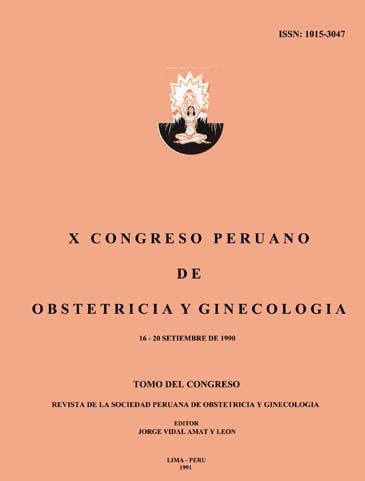BPS ultrasound in fetal welfare.
DOI:
https://doi.org/10.31403/rpgo.v37i1681Abstract
This research introduces a new method to determine fetal well-being through diagnostic ultrasound. Biophysical Profile Ecographic (PBE) devised by the authors, is a substantial modification of the biophysical profile consists Mannig and evaluation 7 fetoplacental parameters: fetal tone, body movement, breathing movements, basal heart rate, cardiac reactivity to body movement, amniotic fluid volume and placental maturity. It is considered that the test is abnormal when two or more parameters are altered. PBE specificity was determined by evaluating perinatal outcomes, including clinical oligohydramnios, the presence of thick meconium, the Apcar at 5 minutes, the occurrence of seizures and perinatal mortality. PBE goodness of the results of electronic monitoring, the nonstress test (NST) and / or stressful test (CST), under the same compared pregnant. The PBE determined in 186 high-risk pregnant women obtained the following results: sensitivity 70%, specificity 90.38%, positive predictive value 58.3%, negative predictive value 94% false-negative rate 94% and 16% prevalence. Statistically significant difference in sensitivity, negative predictive value and false negative rate (p <0.05) in relation to electronic monitoring. We conclude that the PBE can serve as the sole method in the evaluation of fetal well-being in high-risk pregnant women, with the advantages of predictive safety and reduced testing time and costs in technology and human material, important aspects of our developing countries.Downloads
Download data is not yet available.
Downloads
Published
2015-07-29
How to Cite
Huamán, M., Pacheco, J., & Morales, A. (2015). BPS ultrasound in fetal welfare. The Peruvian Journal of Gynecology and Obstetrics, 37(12), 142–147. https://doi.org/10.31403/rpgo.v37i1681
Issue
Section
Congreso
















